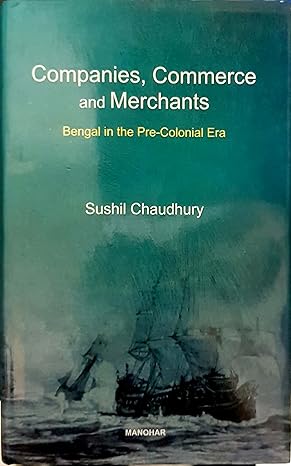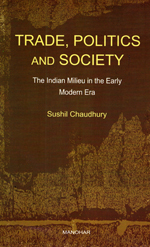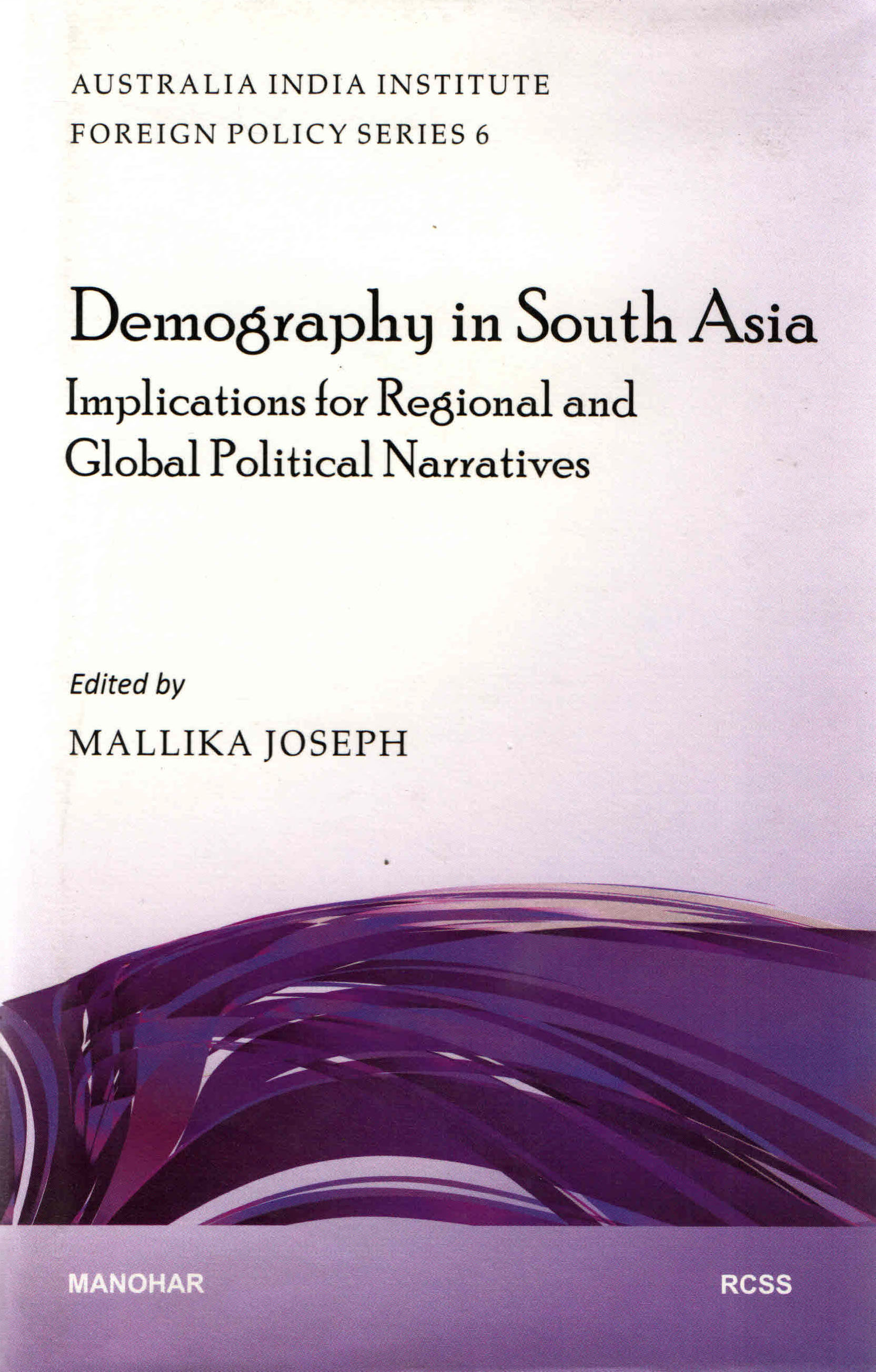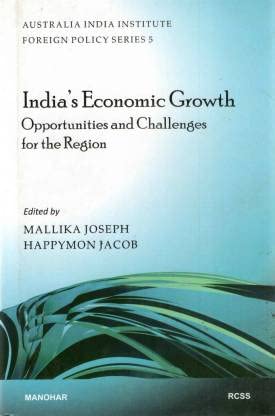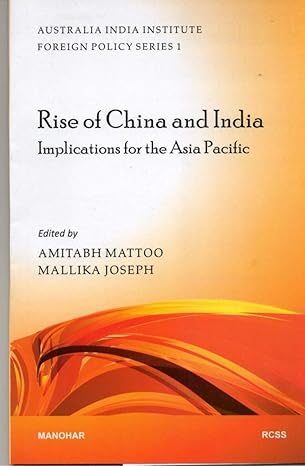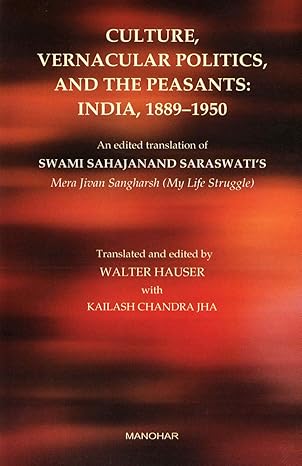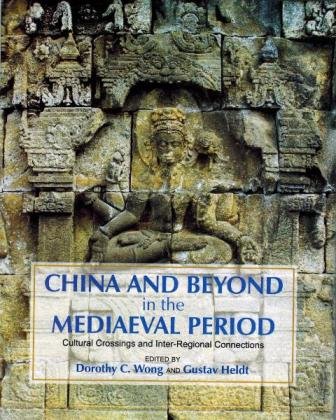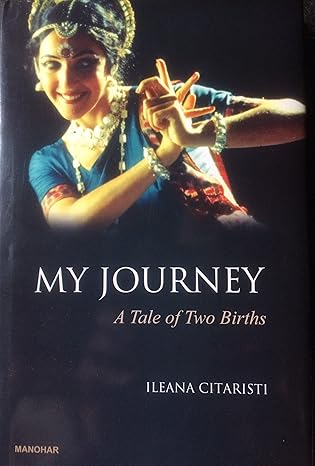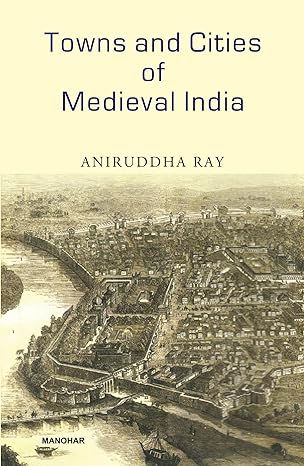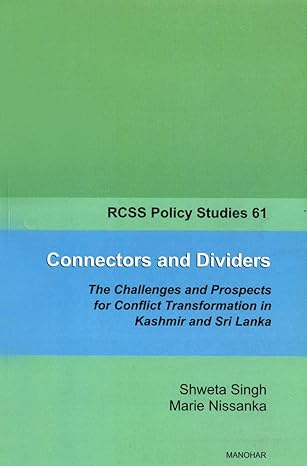History
Featured Products
Companies, Commerce and Merchants: Bengal in the Pre-Colonial Era
₹1,181.05
M.R.P.:₹ 1,495.00
You Save: ₹313.95 (21.00% OFF)
Trade, Politics and Society: The Indian Milieu in the Early Modern Era
₹971.25
M.R.P.:₹ 1,295.00
You Save: ₹323.75 (25.00% OFF)
Demography in South Asia: Implications for Regional and Global Political Narratives
₹671.25
M.R.P.:₹ 895.00
You Save: ₹223.75 (25.00% OFF)
India`s Economic Growth: Opportunities and Challenges for the Regions
₹637.50
M.R.P.:₹ 850.00
You Save: ₹212.50 (25.00% OFF)
Rise of China and India: Implications for the Asia Pacific
₹862.50
M.R.P.:₹ 1,150.00
You Save: ₹287.50 (25.00% OFF)
Culture, Vernacular Politics, and the Peasants: India, 1889-1950: An Edited Translation of Swami Sahajanand`s Memoir
₹1,721.25
M.R.P.:₹ 2,295.00
You Save: ₹573.75 (25.00% OFF)
China and Beyond in the Mediaeval Period: Cultural Crossing and Inter-Regional Connections
₹2,625.00
M.R.P.:₹ 3,500.00
You Save: ₹875.00 (25.00% OFF)
Towns and Cities of Medieval India: A Brief Survey
₹1,497.05
M.R.P.:₹ 1,895.00
You Save: ₹397.95 (21.00% OFF)
Connectors and Dividers: The Challenges and Prospects for Conflict Transformation in Kashmir and Sri Lanka (RCSS Policy Studies 61)india
₹262.50
M.R.P.:₹ 350.00
You Save: ₹87.50 (25.00% OFF)


